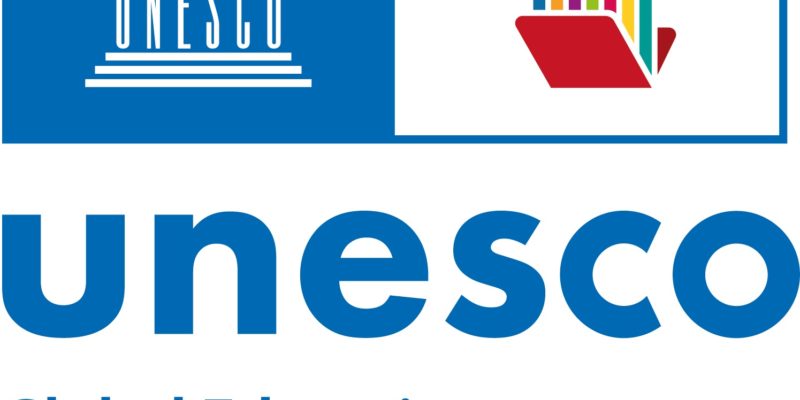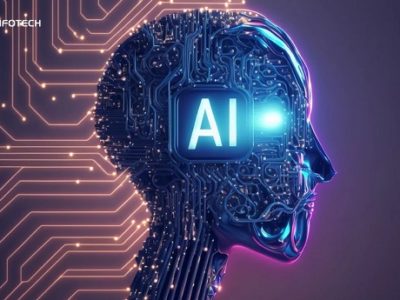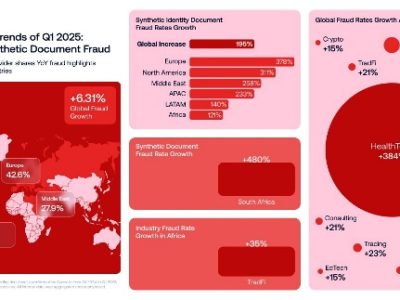A new global UNESCO report on technology in education highlights the lack of appropriate governance and regulation. Countries are urged to set their own terms for the way technology is designed and used in education so that it never replaces in-person, teacher-led instruction, and supports the shared objective of quality education for all.
RELATED: UNESCO to support more than 50 countries in designing ethical AI policy
“The digital revolution holds immeasurable potential but, just as warnings have been voiced for how it should be regulated in society, similar attention must be paid to the way it is used in education. Its use must be for enhanced learning experiences and for the well-being of students and teachers, not to their detriment”, warns Audrey Azoulay, Director General of UNESCO. “Keep the needs of the learner first and support teachers. Online connections are no substitute for human interaction.”
Entitled “Technology in education: A tool on whose terms?”,the 2023 Global Education Monitoring Report is being launched today at an event in Montevideo, Uruguay, hosted by UNESCO, the Ministry of Education and Culture of Uruguay and Ceibal Foundation with 18 ministers of education from around the world. It proposes four questions that policy makers and educational stakeholders should reflect upon as technology is being deployed in education:
Is it appropriate?
Using technology can improve some types of learning in some contexts. The report cites evidence showing that learning benefits disappear if technology is used in excess or in the absence of a qualified teacher. For example, distributing computers to students does not improve learning if teachers are not involved in the pedagogical experience. Smartphones in schools have also proven to be a distraction to learning, yet fewer than a quarter of countries ban their use in schools.
“We need to learn about our past mistakes when using technology in education so that we do not repeat them in the future,” said Manos Antoninis, Director of the Report. “We need to teach children to live both with and without technology; to take what they need from the abundance of information, but to ignore what is not necessary; to let technology support, but never supplant human interactions in teaching and learning.”
Learning inequities between students widen when instruction is exclusively remote and online content is not always context appropriate. A study of open educational resource collections found that nearly 90% of higher education online repositories were created either in Europe or in North America; 92% of the material in the Open Educational Resources Commons global library is in English.
Is it equitable?
During the COVID-19 pandemic, the rapid shift to online learning left out at least half a billion students worldwide, mostly affecting the poorest and those in rural areas. The report underlines that the right to education is increasingly synonymous with the right to meaningful connectivity, yet one in four primary schools do not have electricity. It calls for all countries to set benchmarks for connecting schools to the internet between now and 2030 and for the focus to remain on the most marginalized.
Is it scalable?
Sound, rigorous and impartial evidence of technology’s added value in learning is needed more than ever, but is lacking. Most evidence comes from the United States, where the What Works Clearinghouse pointed out that less than 2% of education interventions assessed had ‘strong or moderate evidence of effectiveness’. When the evidence only comes from the technology companies themselves, there is a risk it may be biased.
Many countries ignore the long-term costs of technology purchases and the EdTech market is expanding while basic education needs remain unmet. The cost of moving to basic digital learning in low-income countries and connecting all schools to the internet in lower-middle-income countries would add 50% to their current financing gap for achieving national SDG 4 targets. A full digital transformation of education with internet connectivity in schools and homes would cost over a billion dollars per day just to operate.
Is it sustainable?
The fast pace of change in technology is putting strain on education systems to adapt. Digital literacy and critical thinking are increasingly important, particularly with the growth of generative AI. Additional data attached to the report show that this adaptation movement has begun: 54% of surveyed countries have defined the skills they want to develop for the future. But only 11 out of 51 governments surveyed have curricula for AI.
In addition to these skills, basic literacy should not be overlooked, as it is critical for digital application too: students with better reading skills are far less likely to be duped by phishing emails.
Moreover, teachers also need appropriate training yet only half of countries currently have standards for developing their ICT skills. Few teacher training programmes cover cybersecurity even though 5% of ransomware attacks target education.
Sustainability also requires better guaranteeing the rights of technology users. Today, only 16% of countries guarantee data privacy in education by law. One analysis found that 89% of 163 education technology products could survey children. Further, 39 of 42 governments providing online education during the pandemic fostered uses that ‘risked or infringed’ on children’s rights.





























